On 15th August 2025, India celebrates its 79th Independence Day—a day etched in history as the moment our nation broke free from the shackles of British colonial rule. It’s more than just a national holiday. It’s a reminder of the sacrifices, resilience, and unity that shaped modern India. From the gallows of freedom fighters to the speeches that stirred millions, this day represents the heartbeat of our democracy.
The Historical Background
The journey to independence was not a sudden event but the culmination of over two centuries of struggle. India had been under British rule since the mid-18th century, facing economic exploitation, social injustices, and political oppression.
The 1857 Revolt, often called the First War of Independence, sparked the flame of resistance. Over the decades, leaders like Mahatma Gandhi, Jawaharlal Nehru, Subhas Chandra Bose, Sardar Vallabhbhai Patel, and Bhagat Singh carried the torch forward. Movements like Non-Cooperation (1920), Civil Disobedience (1930), and Quit India (1942) brought millions of Indians together in peaceful protests as well as revolutionary action.
Finally, on 15 August 1947, India woke to freedom, and Jawaharlal Nehru’s famous “Tryst with Destiny” speech marked the birth of the largest democracy in the world.
Significance of Independence Day
Independence Day is more than a commemoration of the past—it’s a celebration of the present and a commitment to the future. It reminds us:
Freedom was hard-earned – and must be preserved.
Unity in diversity is India’s strength.
Democracy thrives when citizens actively participate.
In 2025, as we mark the 79th year of independence, the day also reflects how far we have come in technology, economy, and social progress, while acknowledging the challenges that remain.
How India Celebrates
The celebrations begin with the Prime Minister’s address from the Red Fort in New Delhi. The speech reviews the nation’s achievements, outlines future goals, and honours the sacrifices of freedom fighters.
Across the country:
Flag hoisting ceremonies take place in schools, government offices, and housing societies.
Cultural programs showcase patriotic songs, dances, and plays.
Parades and marches display the strength of the armed forces, police, and NCC cadets.
Community service initiatives encourage citizens to give back to society.
In recent years, digital platforms have also become part of the celebrations, with people sharing patriotic messages, videos, and artworks online.
Interesting Facts About Indian Independence
Longest Nonviolent Struggle: India’s independence movement is one of the longest nonviolent movements in the world.
First Prime Minister: Jawaharlal Nehru, the first PM, was only 58 when India gained independence.
Tricolour History: The Indian flag was adopted on 22 July 1947, symbolising courage, peace, and prosperity.
India’s Partition: Independence also came with the tragic partition of India and Pakistan, which displaced millions.
Freedom Fighters: Over 80 million people actively participated in the struggle, from underground movements to mass protests.
Famous Freedom Fighters and Their Contributions
Mahatma Gandhi: Led nonviolent movements like the Salt March and the Quit India Movement.
Subhas Chandra Bose: Formed the Indian National Army to fight against British rule militarily.
Bhagat Singh: Inspired youth through revolutionary acts and martyrdom.
Sardar Vallabhbhai Patel: United princely states to form a unified India post-independence.
Rani Lakshmi Bai & Others: Regional heroes whose courage inspired generations.
Independence Day 2025 – A Time for Reflection
While we take pride in our achievements—space exploration, a growing economy, technological innovations—we must also reflect on pressing issues like poverty, education gaps, climate change, and social equality. True independence is achieved when every citizen enjoys equal opportunities and justice.
Patriotism Beyond the Day
Patriotism is not just waving the flag on August 15. It’s about:
Respecting our Constitution.
Following the law.
Protecting public property.
Helping fellow citizens in need.
Contributing positively to the community.
Conclusion
India’s 79th Independence Day is a moment to honour our past, celebrate our present, and shape our future. The tricolour waving in the August sky is more than a piece of cloth—it’s a symbol of our freedom, our unity, and our shared dreams.
As we move ahead, let’s carry forward the spirit of those who fought for this freedom and make India a nation that future generations will be proud to inherit.


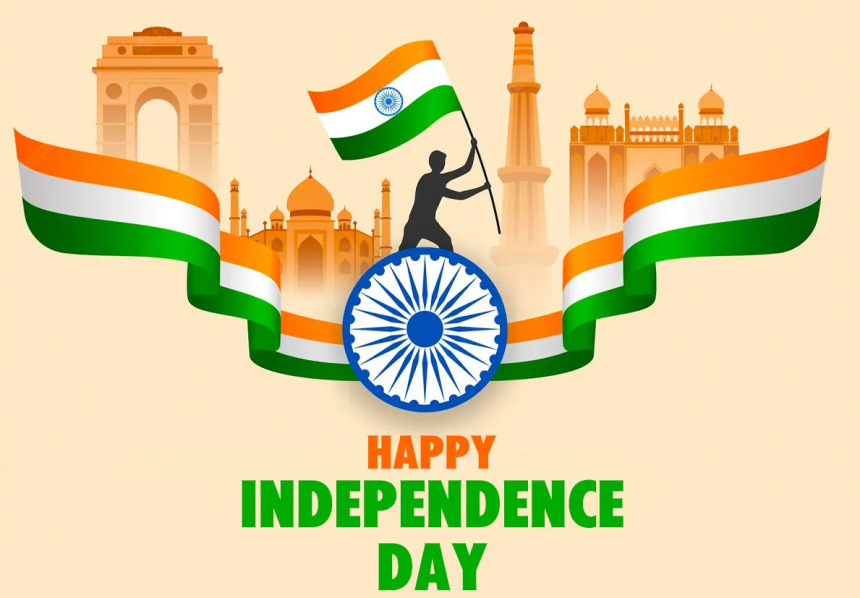
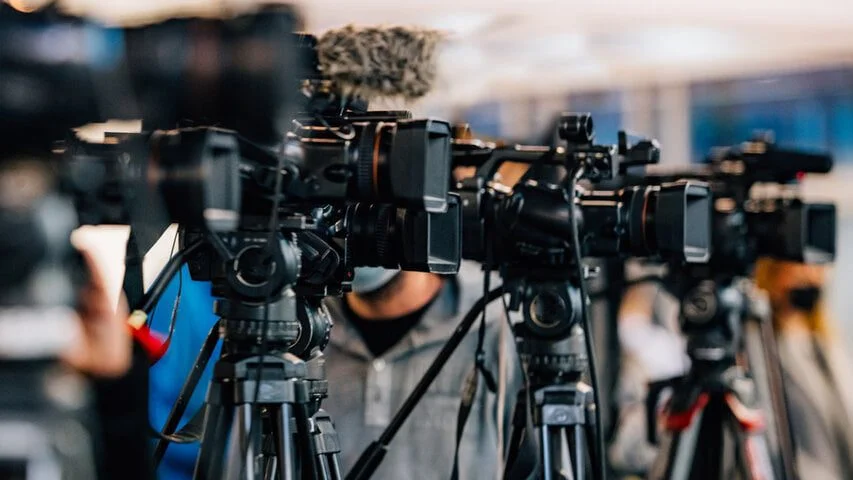

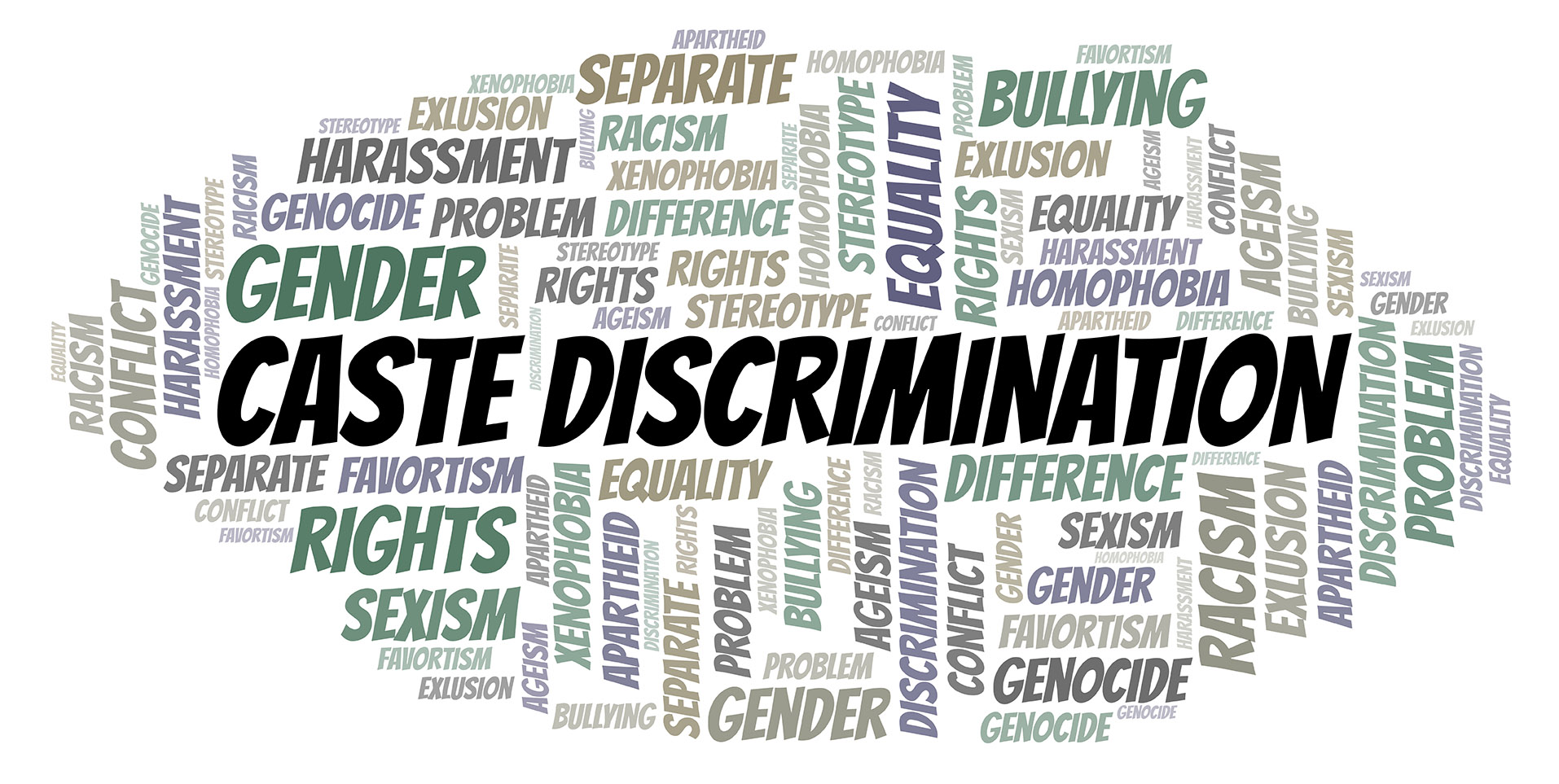
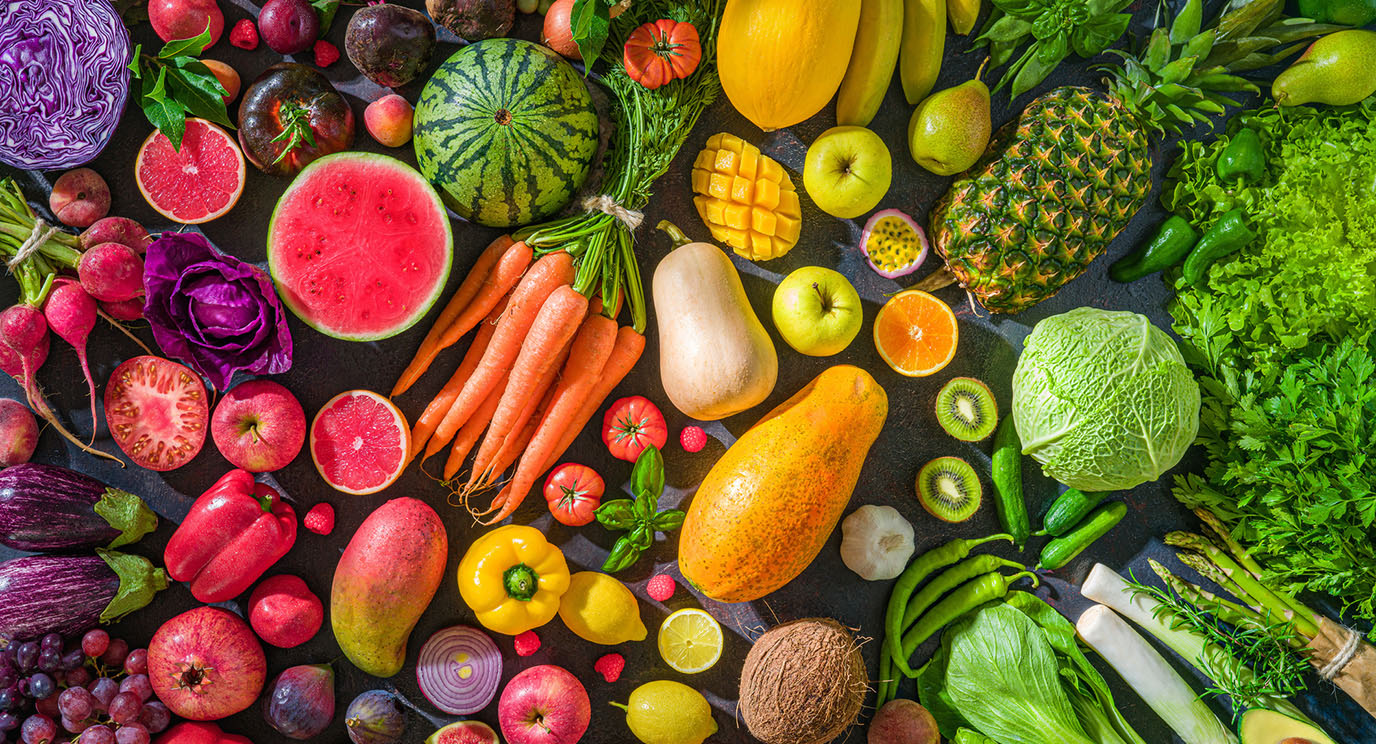


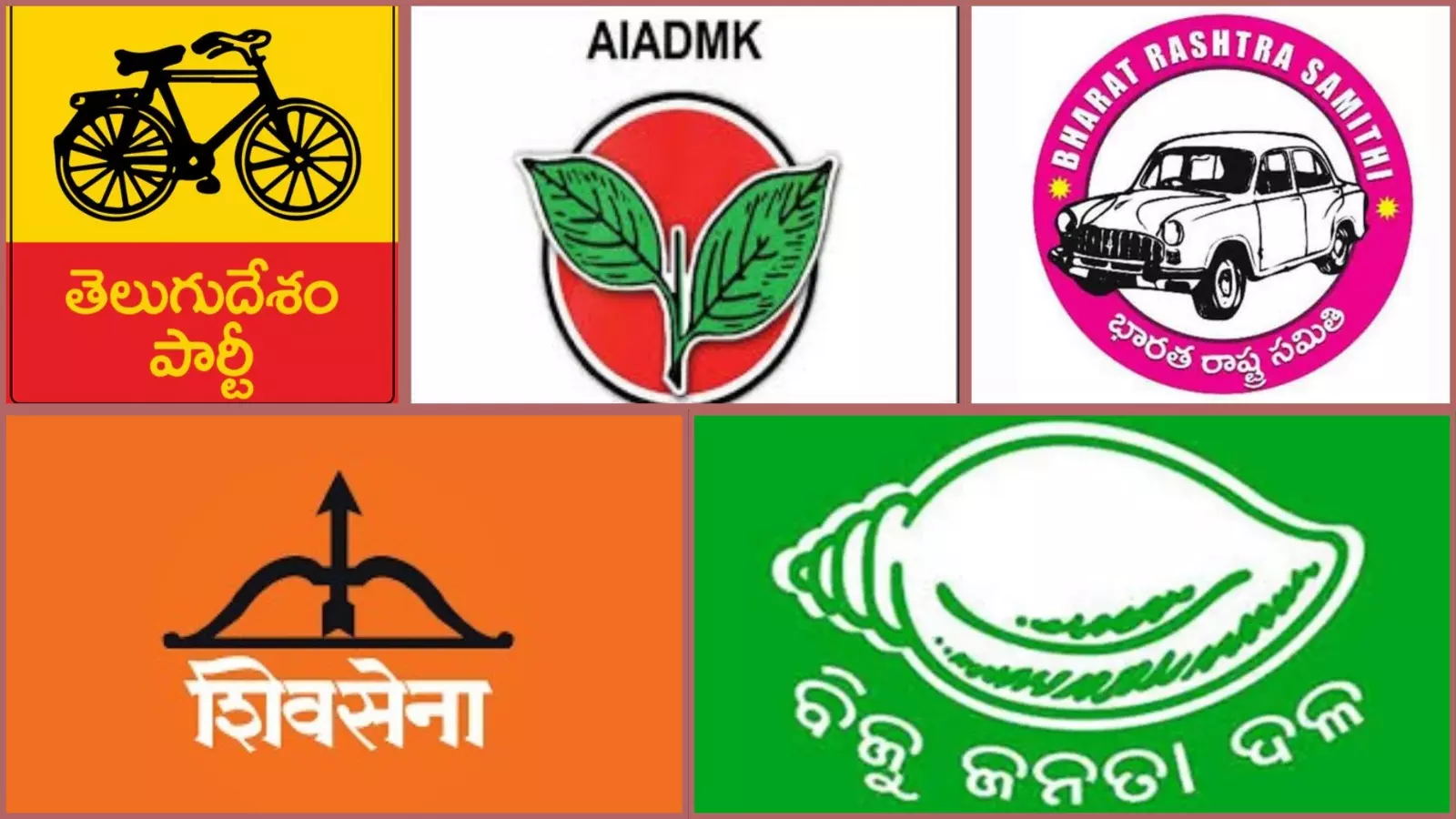

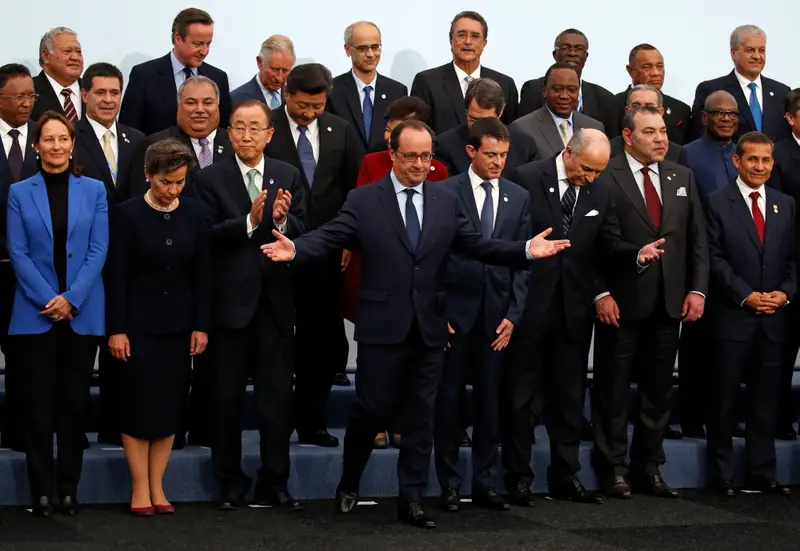
Recent Comments
No comments yet.